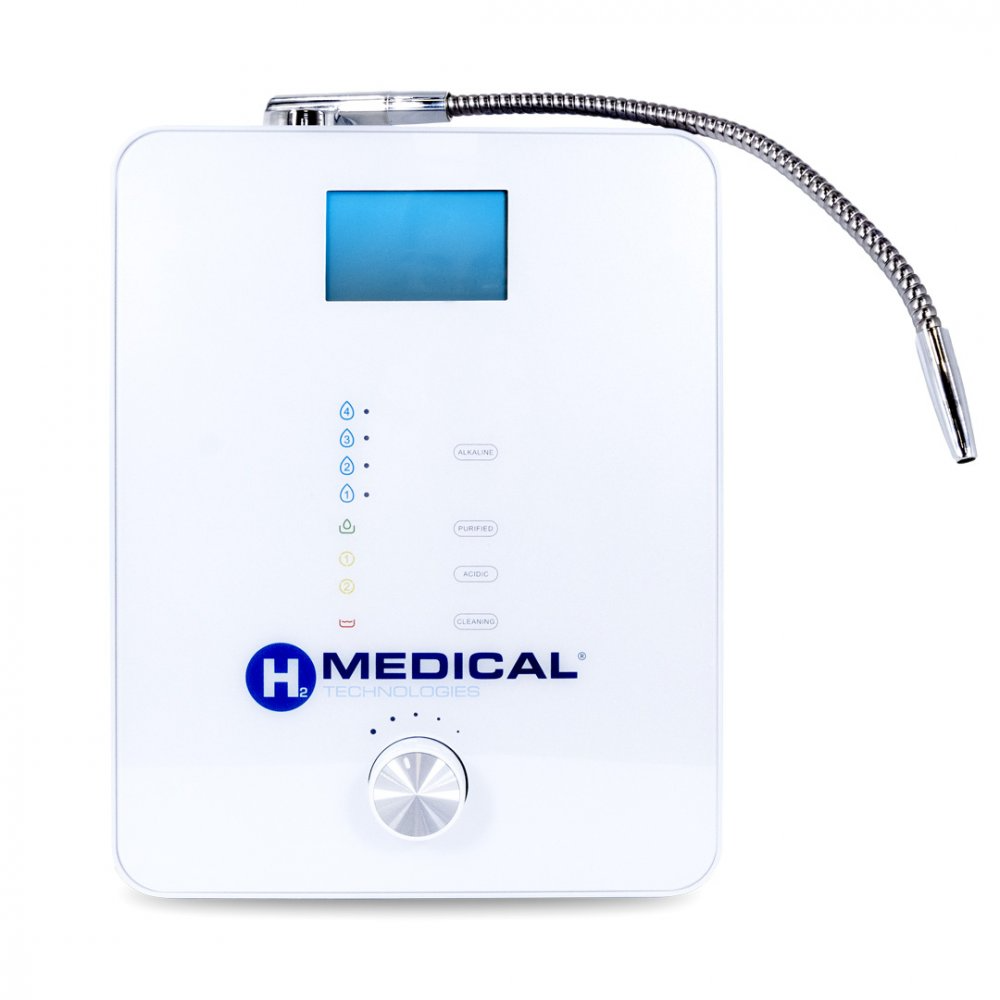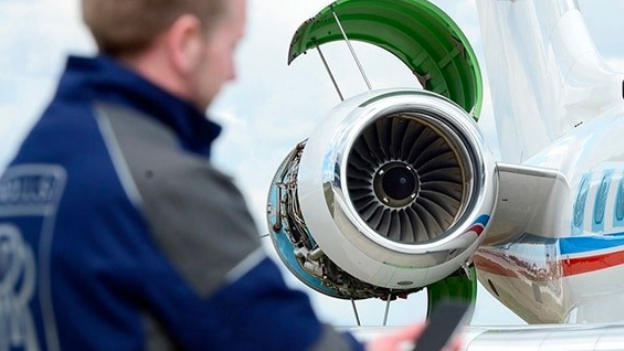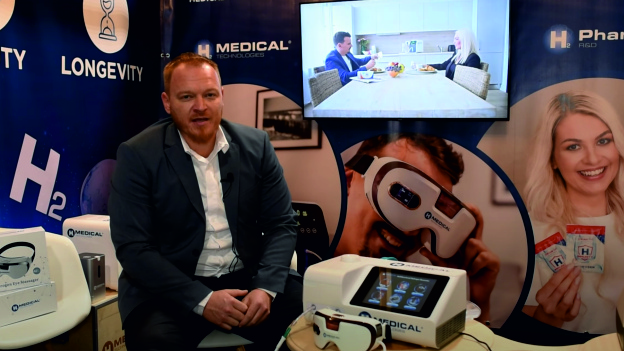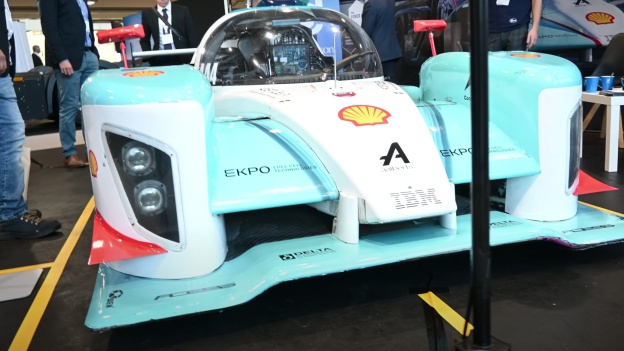Scientific discoveries from the Bratislava Centre for Experimental Medicine reveal that the therapeutic effect of electrolyzed-reduced water (ERW) lies in molecular hydrogen. The electrolysis of water that produces ERW appears to be a source of water with a high pH, a negative redox potential and a high concentration of molecular hydrogen. The researchers call for a more thorough investigation of the chemical and electrical properties of water to better understand the biological effects of this fascinating fluid.
ERW, also known as "alkaline ionized water," is produced by electrolysis. Devices performing this process are referred to as 'alkaline water ionizers' or 'water electrolysers' and are very popular worldwide. Although some of the proclaimed health benefits are scientifically substantiated, scientific research still faces challenges, particularly due to the lack of recognition of the importance of molecular hydrogen in ERW.
Over 50 years of research has confirmed that ERW has biological effects, with molecular hydrogen identified as a key element. Yet this importance is still poorly recognised, leading to a poor understanding of ERW as a substance with biological effects, the proliferation of unproven claims and the risk of ineffective devices.
The electrolysis of water in the production of ERW produces water with a high pH, a low concentration of gaseous dissolved oxygen, a high concentration of molecular hydrogen, and a negative oxidation-reduction potential (ORP). Scientists highlight the history of ERW, the development of claims about its benefits, and research on molecular hydrogen, highlighting several scientific issues.
A reassessment of hydrogen gas in ERW has shown that some of the original claims, such as alkaline pH, energy differences in water, cellular availability, or platinum nanoparticles, have not been scientifically validated. Molecular hydrogen was eventually recognized as a key player in the biological benefits of ERW.
Studies since 1985 have noted clinical improvements associated with ERW. In 1997, research became more intensive, revealing antioxidant effects, DNA protection, promotion of GLUT4 translocation, protection of pancreatic beta cells, and more. ERW was considered effective, but the primary therapeutic agent remained unknown. Until 2007, when the therapeutic effects of molecular hydrogen were demonstrated.
Although ERW was considered effective, its primary therapeutic ingredient was unknown for a long time, according to scientists at the Centre for Experimental Medicine in Bratislava. Molecular hydrogen was considered an inert by-product of electrolysis until 2007, when its therapeutic effects were demonstrated.
The study highlights the importance of investigating the chemical and electrical properties of water to better understand its biological effects. Concentrations of molecular hydrogen should be included in ERW specifications for clinical research and practical applications. In addition, the researchers recommend emphasizing the health effects of molecular hydrogen in educational programs and public outreach.

How to make ionized water?
Alkaline ionised water is water that has been treated using special equipment called water ionisers. The process of making alkaline ionised water is usually as follows:
-
Water filtration: First, the water is filtered to remove impurities, chemicals and other contaminants. This may involve the use of different types of filters such as carbon filters, reverse osmosis or ion exchange to help remove unwanted substances from the water.
-
Ionisation of water: The water is then passed through an ionisation device, which uses an electromagnetic field to separate the water into alkaline and acidic components. This is done using electrodes that are exposed to an electric current.
-
Separation of alkaline and acidic water: During the ionisation process, alkaline water with a higher pH and acidic water with a lower pH are produced. These two components are then separated to obtain alkaline ionised water.
-
pH control: To achieve the desired pH level, special mechanisms and sensors are often used to monitor and adjust the pH of the water according to the settings.
-
Storage and distribution: Finally, the alkaline ionised water is stored and distributed in special tanks or bottles to make it available for drinking or other uses.
The H2 lonizer PRO can be a helpful tool in your home. With this device it is possible to easily prepare water for various daily needs. This ionizer offers the possibility of preparing water with different levels of alkalinity that can be used for drinking, cooking, washing food and dishes. Thanks to the "Acidic" mode, water suitable for skin cleansing, sterilization and disinfection can also be prepared. In addition, there is the possibility to filter the water, which ensures that the water is clean and free of impurities. The H2 lonizer PRO is equipped with automatic electrode cleaning and a temperature protection system for safe and reliable use. With its LCD display and CDC touch technology, operation is convenient and intuitive. It now comes with a free carbon filter with housing.
Zdroj: https://www.mdpi.com/1422-0067/23/23/14750#






























